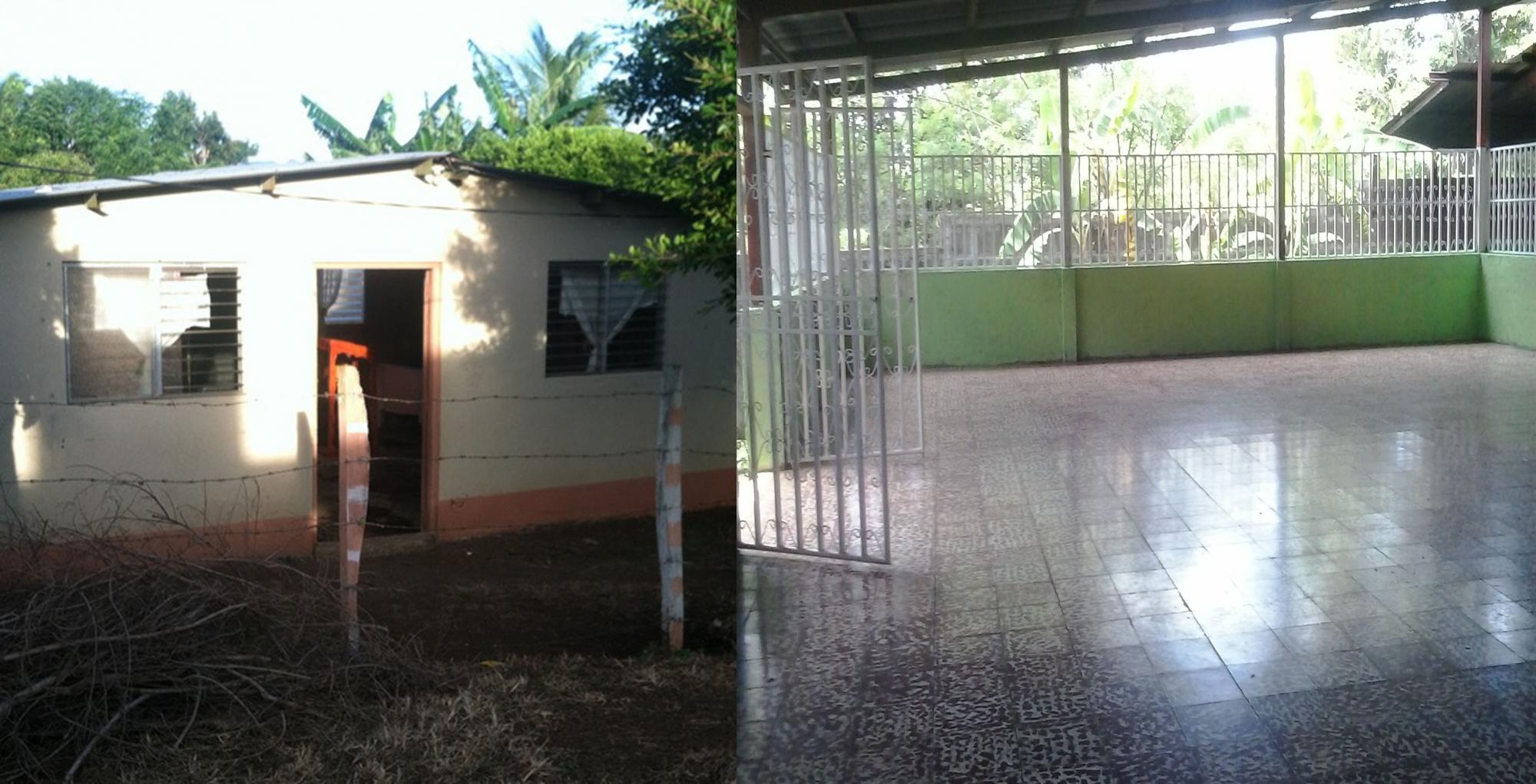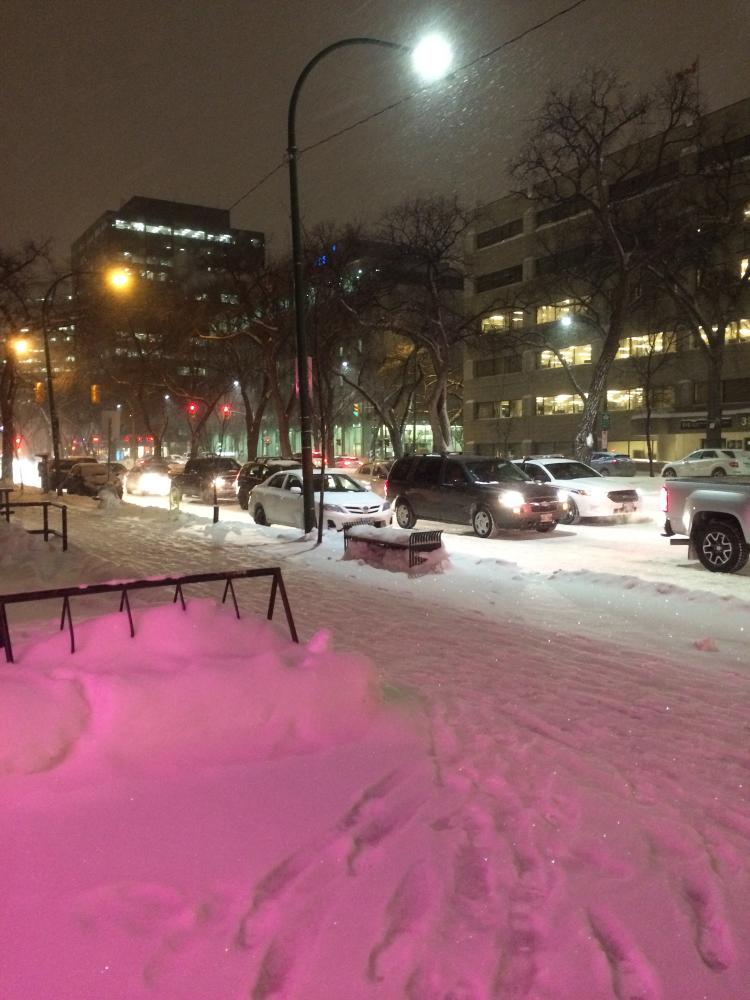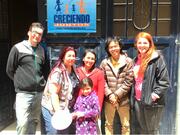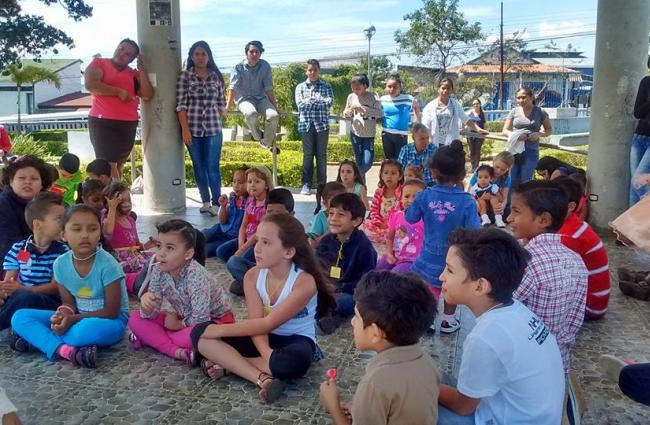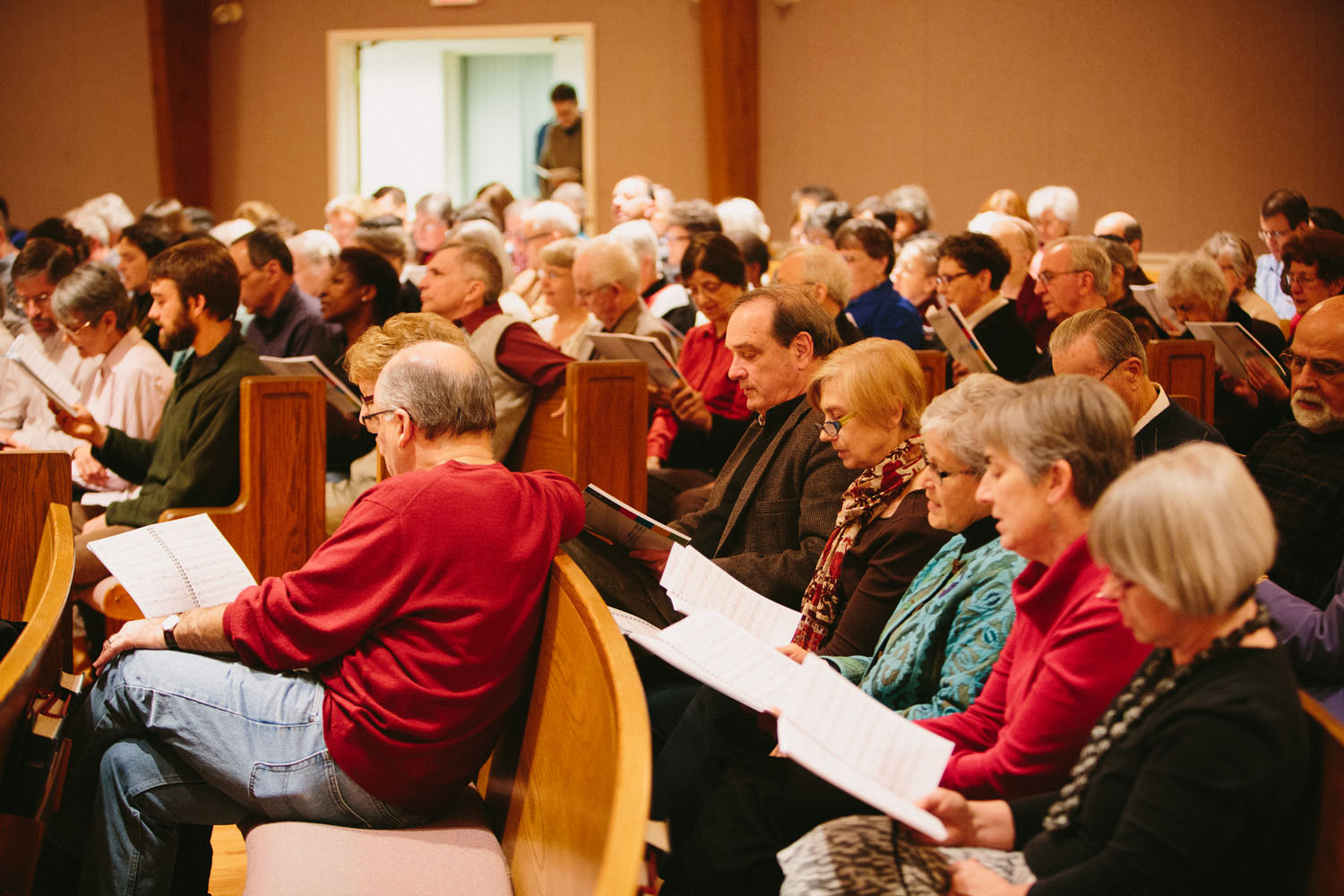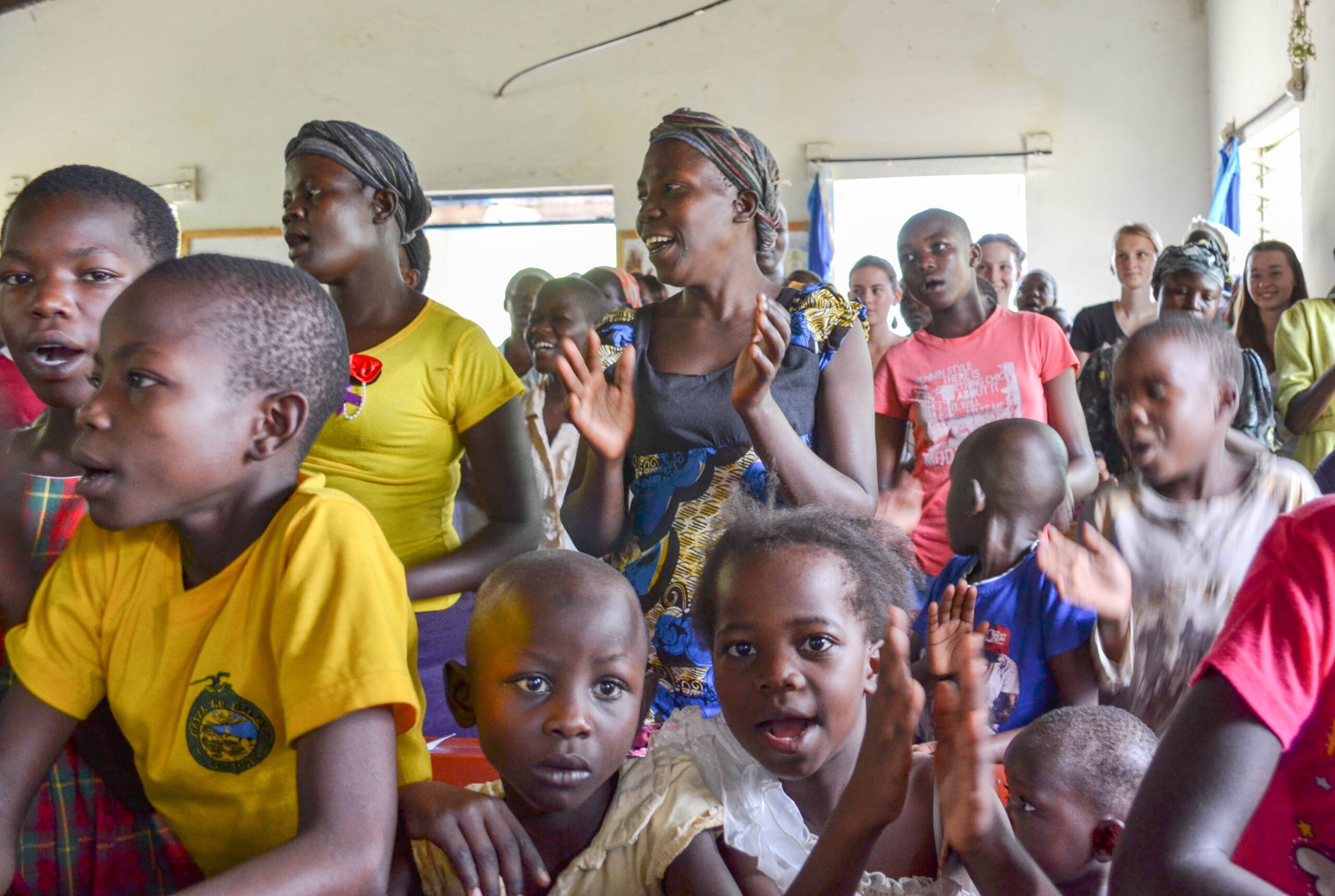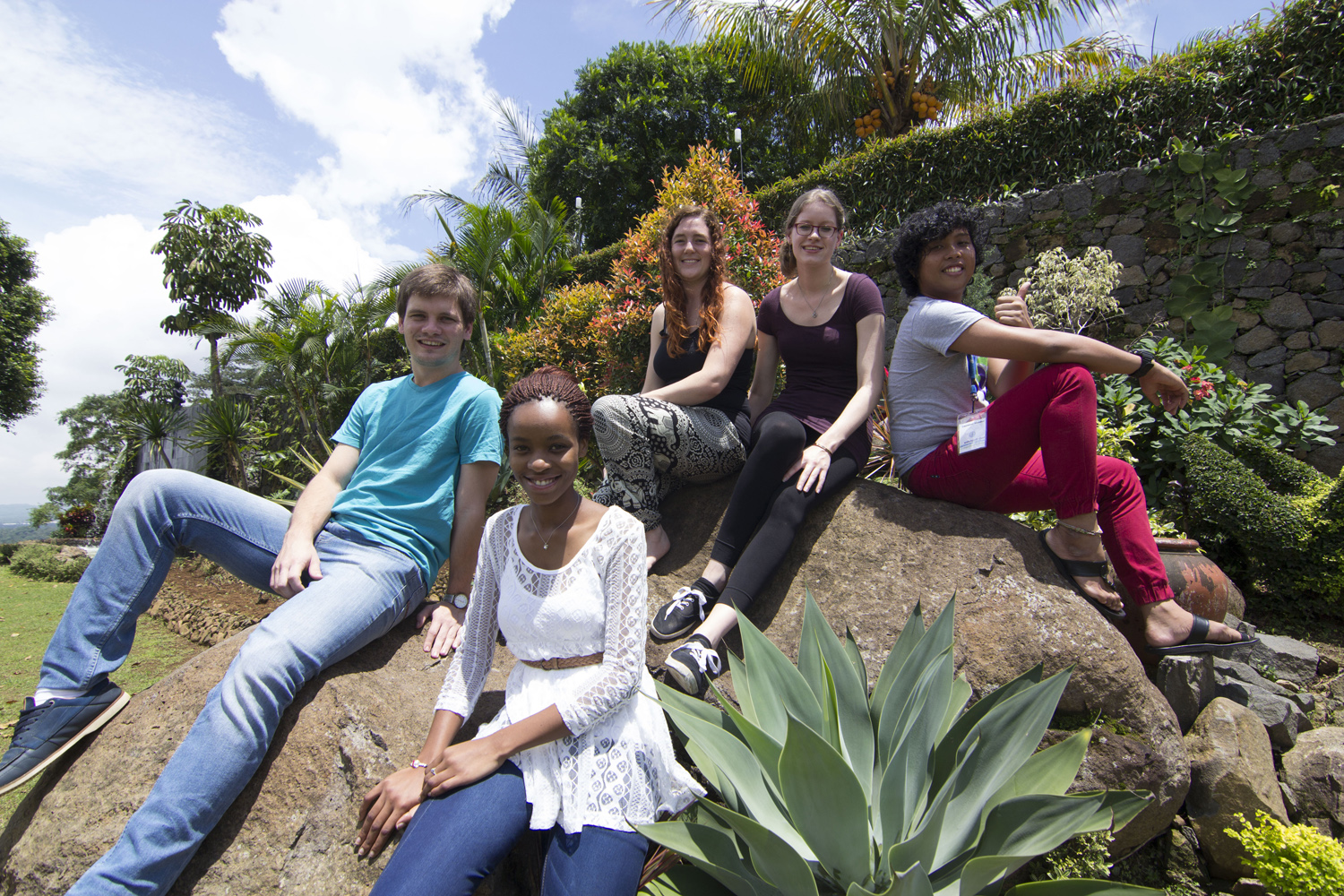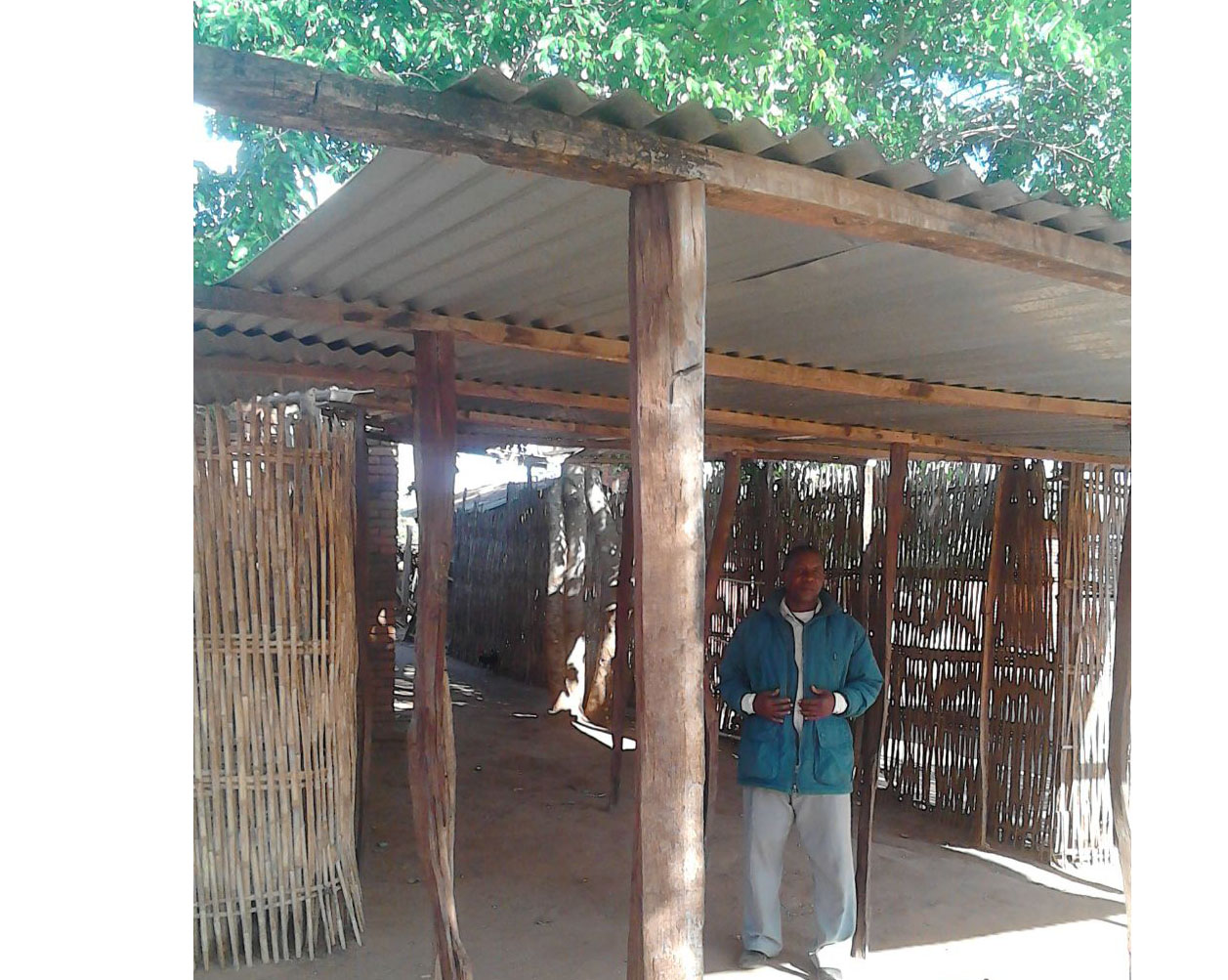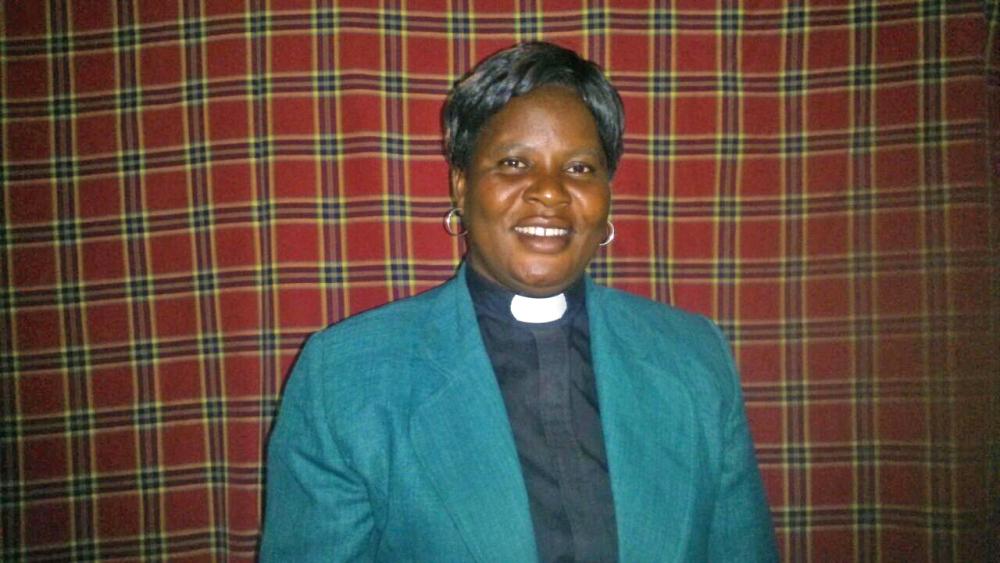-
My spiritual journey
Testimony of the first woman to be ordained to full time-ministry in Brethren in Christ churches in Southern Africa My name is Jessie Francis Kamoto. I was born on 20 November 1975 in a Christian family, members of Church of Central African Presbyterian (CCAP). I got married in 1993 to Reverend Francis Kamoto. God
-
Canadian renovation builds church in Latin America
Winnipeg, Manitoba, Canada – When Toronto United Mennonite Church (TUMC) decided it was time to renovate and expand their building, the congregation wanted the project to reach beyond their usual sphere of influence. Located in Canada’s largest, multicultural city, TUMC has some 200 people from five continents speaking 10 mother tongues, with a particularly strong
-
Ministry partner update: ICOMB – January 2017
The International Community of Mennonite Brethren (ICOMB) is made up of 21 national churches in 19 countries with approximately 450,000 members. ICOMB exists to facilitate relationships and ministries to enhance the witness and discipleship of its member national churches – connecting, strengthening and expanding. I travelled by car in a snow storm to visit pastors
-
YAMEN service builds faith
Bogotá, Colombia – Taking a risk and trusting in God are sure ways to grow in faith. For Marisela Dyck and Xavier Chen, serving with the Young Anabaptist Mennonite Exchange Network (YAMEN) program in 2015-2016 was a year of lessons in relying on God. “During my service I learned that looking for God every day
-
We cry – together – for God’s mercy
World Fellowship Sunday celebrates koinonia amid suffering Bogotá, Colombia – “We celebrate World Fellowship Sunday because it is a way to remember the origin of our church: clearly, first comes the teachings of Jesus, but we also remember that 500 years ago some brave women and men, motivated by the real teachings of Jesus, decided
-
A joyful noise: international music glorifies God
2nd annual Lancaster international hymn sing Winnipeg, Manitoba, Canada – Anabaptist Christians in Lancaster County, Pennsylvania, USA, had a taste of Revelation 7:9 worship when they hosted Mennonite World Conference’s Assembly 16 in July 2015. A local committee is building on that experience with an annual sing-along in the spirit of that international gathering. This
-
The next 500 years of Anabaptism
Bogotá, Colombia – Tremendous change rocked the Western church 500 years ago as successive groups discovered new things about God through Scripture and separated from the Roman Catholic church. Renewal 2027 is a framework for a 10-year series of events within the Mennonite World Conference (MWC) global family, commemorating Anabaptism’s role in that period of
-
A Young Anabaptist takes flight
Almost a year ago, a step onto a plane was the first into a whole new world of not only learning many new things, but meeting a bunch of inspiring people. In February 2016, my first year as a member of the Young Anabaptists (YABs) Committee started. A little nervous, a little apprehensive, but a
-
Building a place for God
MWC Global Church Sharing Fund helps build mission church in southern Tanzania A church building is a space to encounter God. This encounter is one of the most basic acts of drawing the kingdom of God into the heart of a community. When we build a church building, we set a place for God. People
-
The gift of communication
Bogotá, Colombia – Where can you find testimonies from church leaders in the Global South, perspectives on current events from global Anabaptist church leaders, and keep up with the latest resources and events in the Mennonite World Conference community? In MWC Info, a monthly newsletter that points to news and stories on our website. Subscribers
